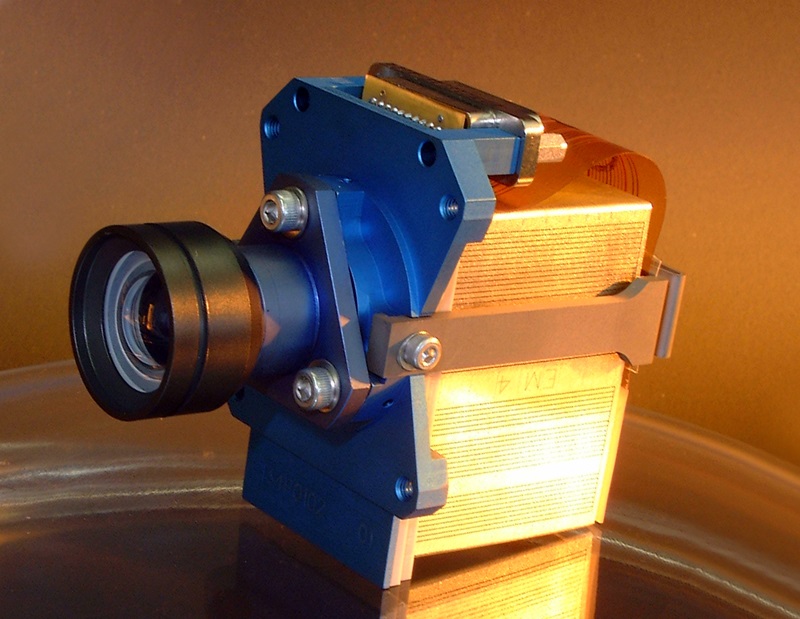About the project
Launched in 2004, Rosetta aims to be the first mission to land on a comet and explore it. Comets are considered one of the few virtually unaffected remnants from the formation of the solar system. Their exploration helps scientists obtain information about the development of the planetary system.
After its start in 2004, the Rosetta space probe was the first spacecraft launched into a comet orbit in August 2014. Built by the European Space Agency (ESA) and the German Aerospace Center DLR, the Philae lander – a three-legged space probe measuring just under a cubic meter and weighing 100 kilos – accompanied the Rosetta mission and landed on the comet Churyumov-Gerasimenko in November 2014. A total of ten instruments were on board the Philae lander which carried out various physio-chemical measurements to explore the comet's surface. The results showed the comet's surface consists mainly of ice, covered by a thin layer of dust.

Our contribution
One instrument on the Philae lander was the CIVA camera system which photographed and analyzed the comet's surface. Due to the high cosmic radiation, materials in space are subject to special requirements. To protect the optical components inside the camera, the outer lens was made of Suprasil from Heraeus. The material has very high radiation resistance and durability and thus fulfilled the necessary requirements for use in the Philae lander.
